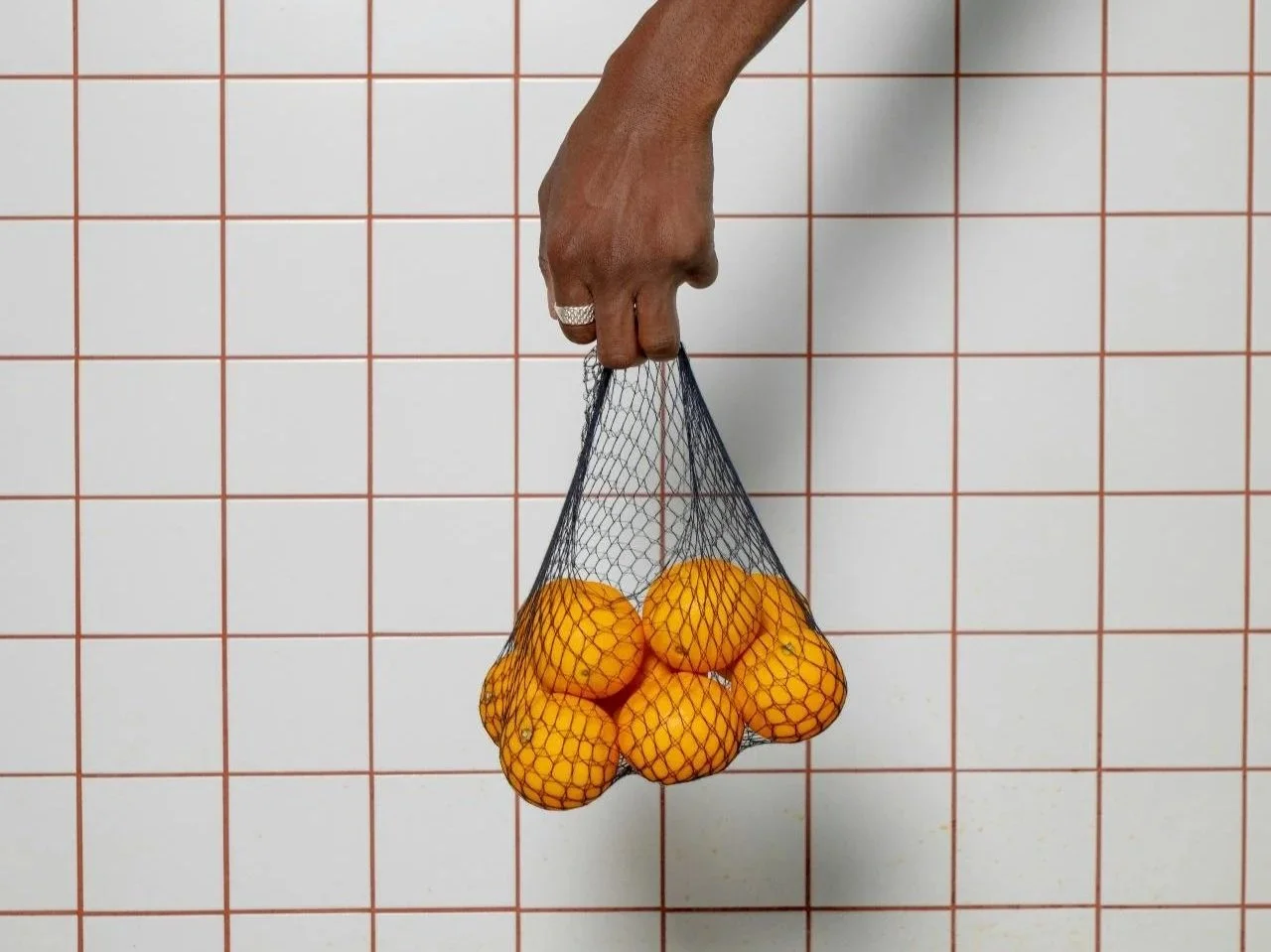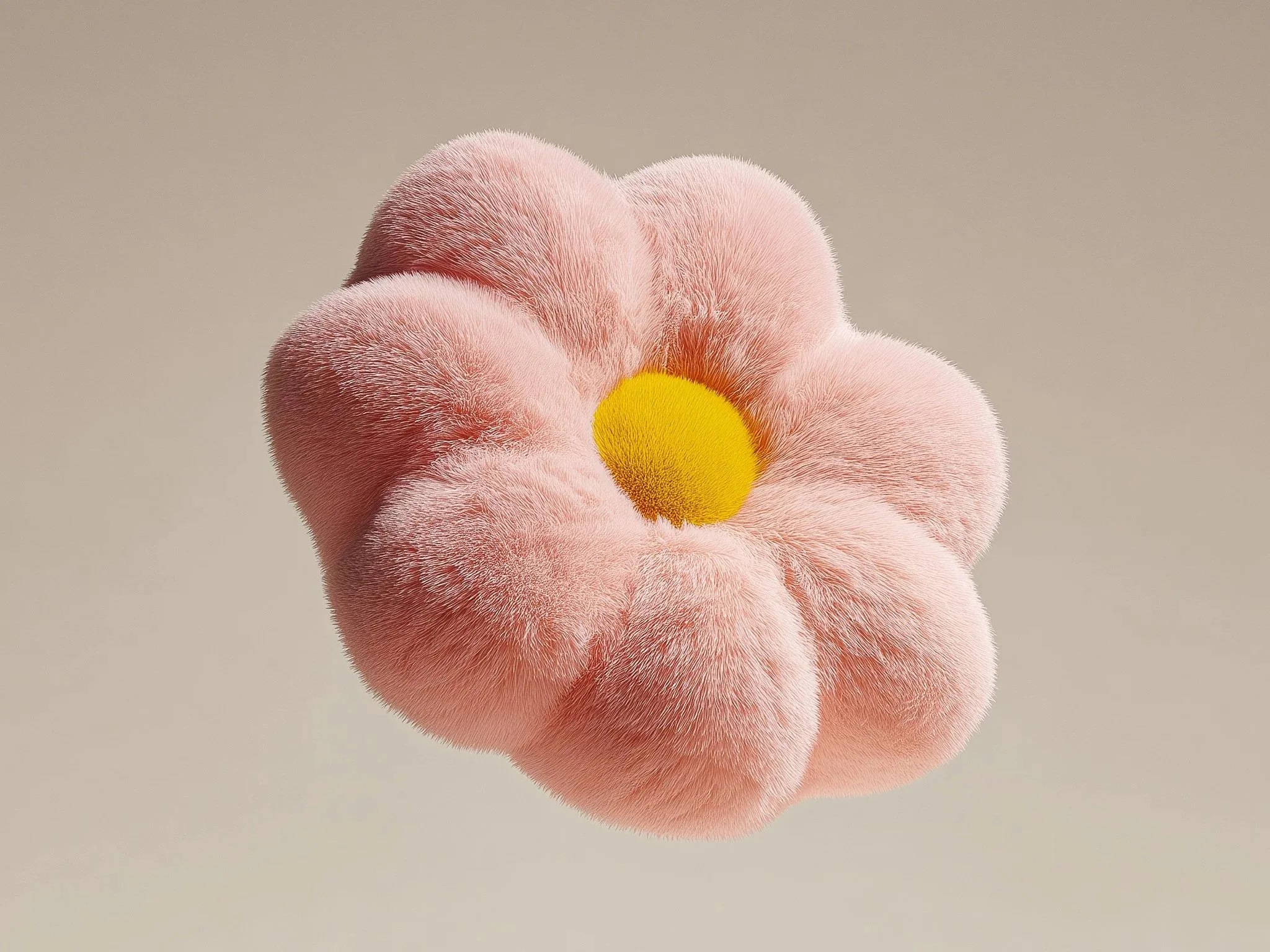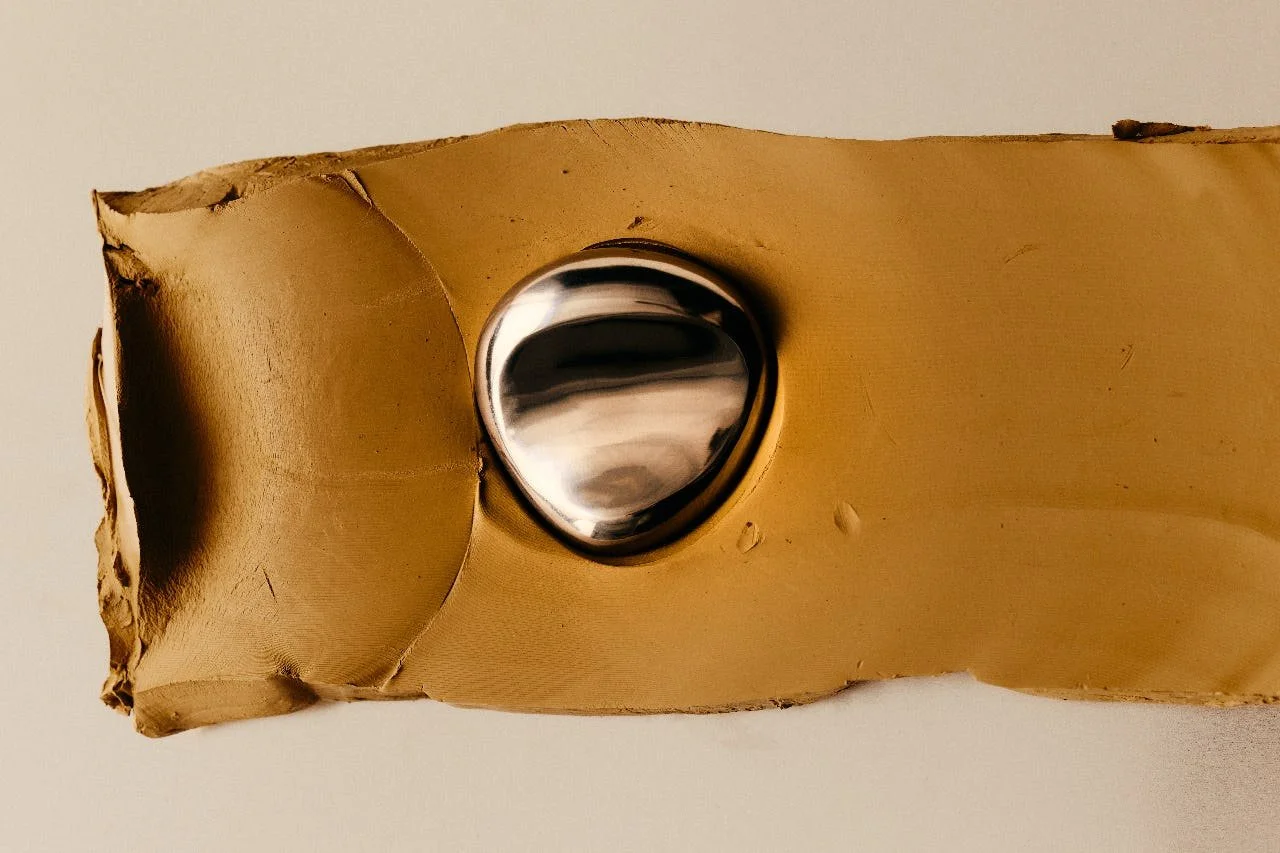Who to hire and when: Freelance, agency, or in-house?
How to bring the right creative on board without burning time, budget, or brain cells.
When you’re building a company, there comes a point when you realise design can’t stay at the bottom of the list forever. Maybe your product’s ready to see daylight. Maybe investors are asking for a deck that “looks more professional.” Maybe your competitors suddenly look twice as polished.
So, who do you hire? A freelancer? An agency? Someone in-house?
Here’s how to avoid the usual mistakes, save money, and actually enjoy working with creatives (yes, it’s possible).
Done right, design builds trust, accelerates growth, and makes every other part of your business stronger. Done wrong, it drains time, money, and patience fast.
What design work you need (and when)
There’s no single “right moment,” but there is a right type of creative support for each stage. The key is knowing what you need now, and what can wait.
If you’re early-stage, building your product, testing ideas, and trying to make something real, a designer can help you create focus. At this stage, it’s not about heavy branding or big campaigns, it’s about shaping the story.
Start with brand foundations: get clear on your story, purpose, belief, and audience. This is your strategic core, what keeps everything aligned later. Don’t delay this work; it’ll cost you more down the line.
A designer can also help you tell that story visually, in an investor deck that actually keeps attention, for instance. Design done right here is communication that helps people believe in your idea before it’s even built.
If you’re preparing to launch, your goal isn’t perfection; it’s direction. You don’t need an 50-page brand book, but now that you understand your product and have early insights, it’s time to start expanding visually.
A designer can help you translate your strategic core into a visual identity that makes sense, even if it’s still evolving. Think of this stage as giving your idea a face people can recognise and trust.
If you’re launching, this is your moment to make an impression. Build on the foundations you’ve set, your story, positioning, tone, and visuals, and invest in elevating the experience. Product photography, teaser videos, and launch visuals: all great ways to look cohesive and confident. The trick is to be creative without overspending, to communicate “We’re here, we’re real, we’re ready,” without running out of cash.
If you’ve raised funds and your product’s gaining traction, design shifts from tactical to strategic. With solid foundations and real product insights, you’re ready to scale. This is the time to build your brand system, your visual language, asset libraries, and scalable guidelines that keep everyone (from product to comms) consistent and future-proof.
A strong brand system saves you from chaos later when new features, new hires, and new markets start pulling in different directions.
Junior vs. Senior vs. Fiverr (and the myth of “cheap early design”)
Founders often think: “Let’s start with a junior, we’ll upgrade later.”
Or, “Let’s grab someone on Fiverr to make a quick logo.”
Or, lately, “We’ll just build it with AI.”
All valid ideas. Also, huge mistakes in the early stages.
As I’ve said before: get your foundations right first. Even when your product isn’t fully figured out, even if you don’t have a name or a logo, start with your why. Any design work done without a story is work you’ll likely redo later.
If you’re building from scratch, hire a senior designer first. Seniors bring more than execution; they bring clarity, process, and a way of thinking that connects design to business. The right designer will help you define your brand’s foundation, make smarter choices, and set a creative standard you can scale later.
Juniors are great once you already have a system, when direction, tone, and guidelines exist. But early on, they’ll need guidance you probably don’t have time to give.
Timing matters too. Founders often expect quick turnarounds, but good design takes time, to think, test, and breathe. Set aside at least a month to build even a simple early-stage brand properly. Or, find a creative partner who can build in phases, adaptable to your pace, without losing depth. Rushed work always costs more later.
And one more thing: regardless of seniority, find designers who get startups. Speed, uncertainty, iteration, you need someone who’s comfortable in that chaos, who can build structure around it instead of fighting it.
Freelancer vs. agency vs. in-house, the trade-offs
Who you hire depends less on budget and more on what kind of work you actually need.
Agencies are great for large-scale brand evolutions and building complex brand systems when your company’s growing fast, expanding teams, or repositioning in the market. You’ll benefit from deep research, cross-disciplinary expertise, and structured processes.
Freelancers shine when you need a creative partner who can flex, someone who can think strategically and execute. The best freelancers work like micro-agencies: they have networks of trusted specialists (copywriters, illustrators, motion designers) they can pull in as needed. You get senior-level talent without the overhead.
Some freelancers also work as embedded partners, joining your team for a few months to help you hit early milestones, then step back once the system is in place.
In-house design makes sense when your brand is stable and the volume of work justifies it. But for early-stage and growing startups, it often becomes a bottleneck, with one designer expected to do everything, from UI to brand to campaigns.
When your brand isn’t defined, but you need assets now
Every founder hits this stage. You need visuals, decks, ads, landing pages, but your product isn’t ready, and your brand isn’t defined yet. It feels like a paradox: you can’t show up without design, but you don’t have the time (or clarity) to build it properly.
You don’t need a full brand yet, but you do need clarity. When your identity is still forming, your story becomes your strongest design asset. A clear, human narrative does 80% of the work. A good designer can take that and turn it into something credible and memorable, even without final brand guidelines.
Think about pitch decks. Founders often build 50-slide presentations packed with data and lose the room halfway through. A designer, will turn that into ten slides that flow, clear narrative, visual rhythm, and storytelling that keeps attention. Great design doesn’t just look good; it guides emotion, logic, and memory.
Avoid designers who jump straight into visuals. The best ones will start with questions: Who are you for? What’s the story? What matters most right now?
That’s how they create design that connects.
At this stage, simplicity wins. You don’t need a campaign-ready identity; you need design that communicates clearly and feels intentional. Keep visuals neutral but deliberate so that when your full brand system arrives, the transition feels like evolution, not reinvention.
Unpopular stuff I wish every founder knew before hiring creatives
Design isn’t decoration; it’s focus, clarity, alignment, and visual narrative.
You don’t need logos or colour palettes to start shaping your brand; you need meaning first. (Designers might not love me for this one...)
Hire seniors early. They’ll save you from expensive rework later.
The right creative at the right time doesn’t just make your brand look good, they help it make sense.
You don’t need agencies until much later, and only once you’re solid on who you are and why you exist. You might never need one at all if you hire the right in-house creatives.
An experienced freelancer with a strong network and a startup mindset can bring clarity to chaos and structure to your story. (And sometimes even replace an agency)
Simplicity and story always win over polished visuals in the early days. (Though polish will matter later.)







